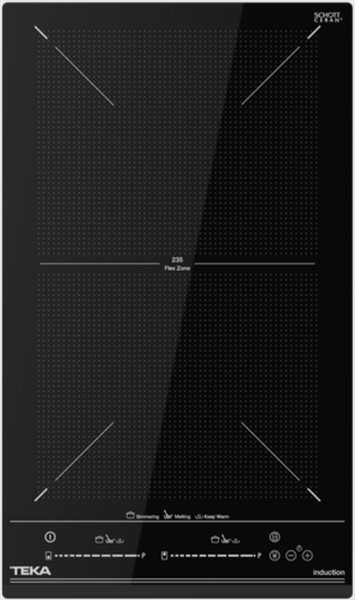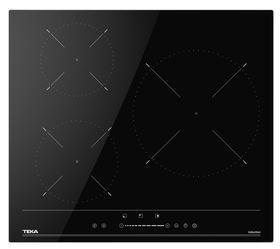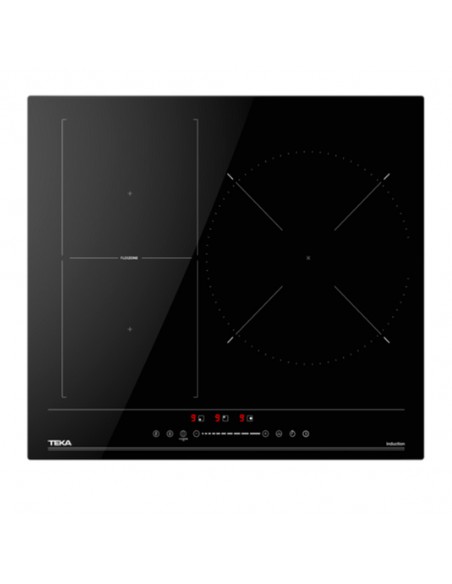
Teka pone a la venta sus placas de inducción DirectSense con combinación de fuegos y “chef” incorporado

Teka IRC 6320 - Placa Inducción Vitrocerámica 3 Fuegos, con Touch Control MultiSlider, Placa Inducción 60cm, Diferentes Funciones, Potencia Nominal 7300W, Color Negro : 384.44: Amazon.es: Grandes electrodomésticos

Teka IRC 63320 MSP - Placa Induccion 3 Fuegos, Placa Inducción 60cm Fácil de Instalar con Sistema Touch Control, Color Negro : Amazon.es: Grandes electrodomésticos

Placa de inducción Teka IZC63632BKMST 3 Zonas 60cm 8200W Negro - Fogones - Los mejores precios | Fnac

Teka IZC 63632 MST - Placa Inducción MasterSense de 60 cm, 3 Fuegos con Zona Paellera XL, 8 Funciones Directas, Cristal con Bisel Frontal, Fácil de Instalar, Color Cristal Negro : Amazon.es: Grandes electrodomésticos

Esta placa de inducción de dos fuegos es ideal para cocinas pequeñas y cuesta menos de 150 euros | Escaparate: compras y ofertas | EL PAÍS

Placa Inducción Teka Mastersense Slide Izs 97630 Mst Bk Negro 90cm con Ofertas en Carrefour | Ofertas Carrefour Online

TEKA PLACA DE INDUCCION TEKA IRS-631 60CM 3 ZONAS DE COCCION MARCO BISELADO - oferta: 313,65 € - Placas de cocina

Placa de inducción Teka IZC63632BKMST 3 Zonas 60cm 8200W Negro - Fogones - Los mejores precios | Fnac








































